1. Bats: The Original Inspiration for Vampires

Bats, especially the blood-drinking vampire bat, have been associated with vampires for centuries. These nocturnal creatures, with their silent flight and eerie squeaks, felt like messengers of the night. Add to that the discovery of vampire bats in Central and South America, and the myth practically wrote itself. Early European travelers were horrified to learn of bats that fed on blood, cementing the association between bats and bloodthirsty creatures of the night. Bats flying in large colonies through the darkness would have seemed otherworldly to those unfamiliar with their harmless habits. According to the Los Angeles Times, tales of blood-drinking bats from Latin America contributed significantly to European vampire folklore.
In folklore, bats became symbols of death, the underworld, and dark magic. Their love for dark, hidden places—like caves—only added to their mystery. Many ancient cultures believed that bats had mystical powers, associating them with transformation and immortality. Today, while we know bats are harmless (and even helpful as insect-eaters), they remain firmly linked to vampire lore. Think about it—can you imagine a vampire story without bats flapping around in the background? Even in modern Halloween imagery, bats are almost always present, perpetuating their eerie charm.
2. Wolves: The Shape-Shifting Werewolves
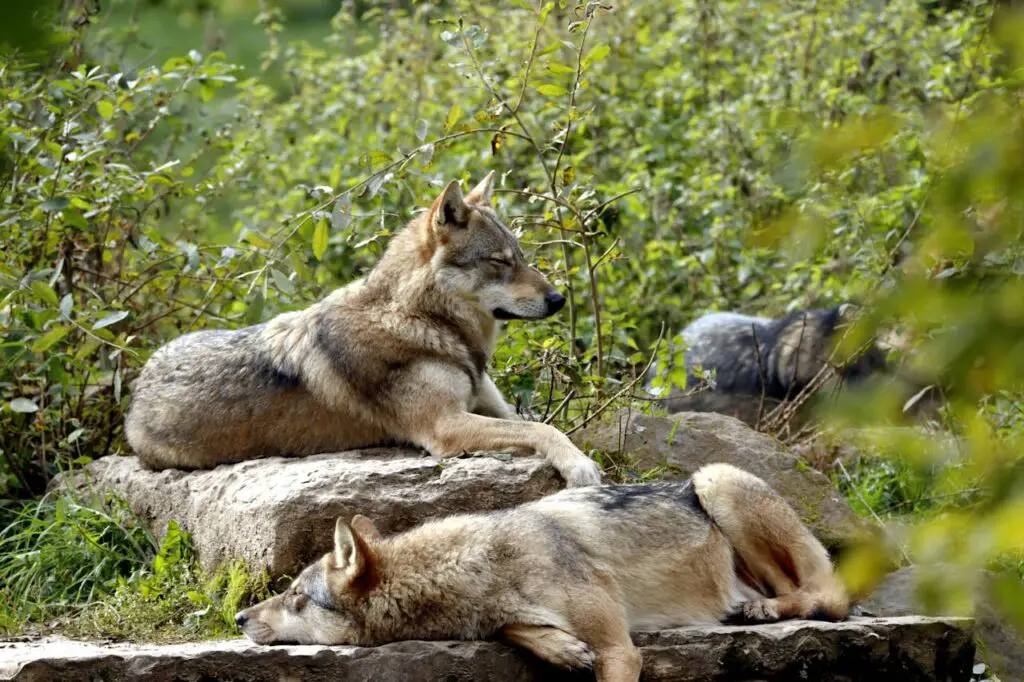
Wolves have always been both feared and admired, but in folklore, they took on a darker role as werewolves—humans cursed to transform under the full moon. According to the Westport Library, ancient Europeans associated wolves with the wilderness and the unknown, often linking them to witchcraft and curses. Stories of werewolves usually featured terrifying transformations and uncontrollable bloodlust, further deepening humanity’s fear of these powerful predators. In medieval times, sightings of wolves near villages often sparked rumors of supernatural creatures lurking in the shadows.
What made wolves perfect for these tales was their behavior. Wolves hunt in packs, are eerily cunning, and howl at the moon—all traits that made them ripe for storytelling. In some cultures, werewolves were believed to be cursed individuals, doomed to transform as punishment for their sins. While we now see wolves as essential to ecosystems, their image as the mythical werewolf continues to thrive in movies, books, and Halloween costumes. Even today, the thought of a lone wolf howling in the forest at night evokes both fear and fascination, proving how deeply ingrained this myth is in our psyche.
3. Snakes: From Garden Guardians to Evil Temptresses
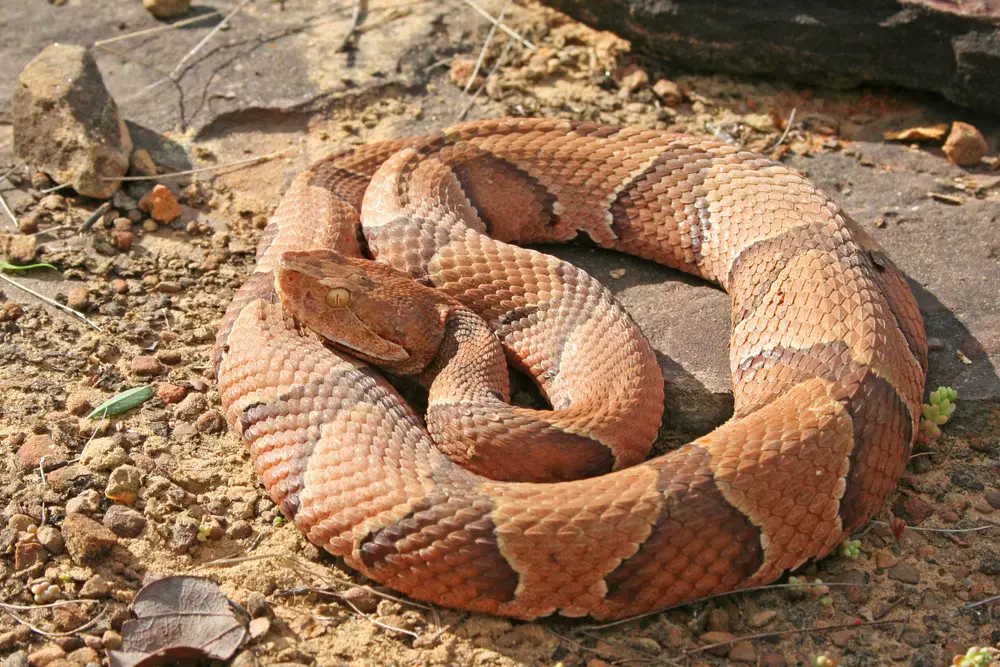
Snakes have slithered their way into myths across cultures. In Greek mythology, Medusa had snakes for hair, and her gaze could turn people to stone. In the Bible, the serpent tempted Eve, becoming a symbol of deceit and evil. Snakes’ ability to shed their skin has long been associated with rebirth and transformation, but their venom and stealth often overshadow this positive symbolism. Ancient Egyptians, however, revered snakes as protectors, believing that the cobra’s striking power could ward off evil spirits.
The fear of snakes isn’t purely mythical; their ability to strike quickly and sometimes fatally makes them inherently mysterious. But myths have exaggerated their menace, turning them into monstrous creatures guarding treasure or embodying evil. The snake’s hypnotic movements and unblinking gaze added to its mystique, cementing its role in countless stories. Love them or hate them, snakes have made sure their story is as eternal as their shedding skins. Even in modern times, the serpent remains a symbol of danger, wisdom, and mystery, continuing its dual role in human imagination.
4. Owls: Harbingers of Doom
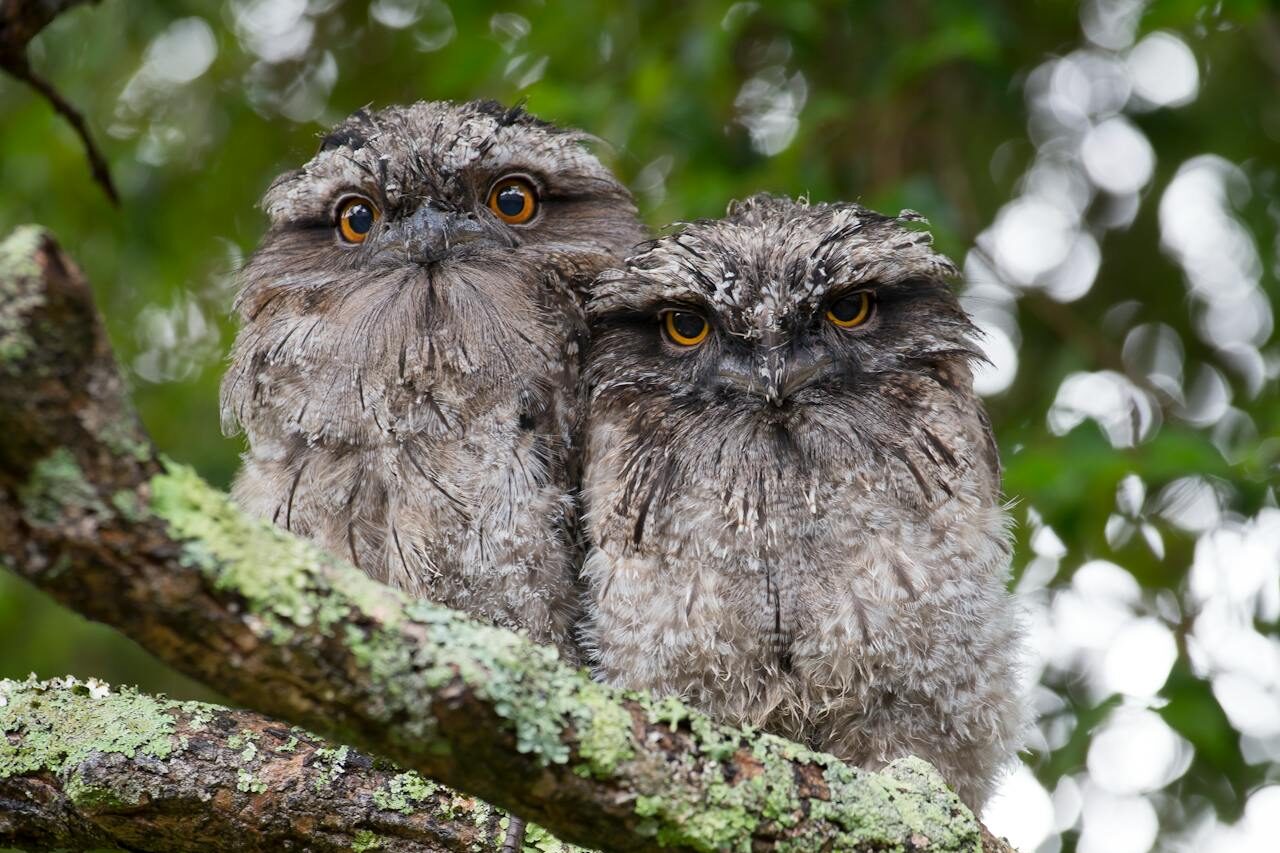
Owls are famous for their haunting calls and glowing eyes, making them a natural symbol of the supernatural. According to the Owl Pages, in many cultures, owls are seen as harbingers of death or misfortune. Ancient Romans believed an owl’s cry signaled death, while in African and Native American folklore, owls are sometimes associated with witchcraft. Their ability to fly silently and their nocturnal nature made them seem otherworldly, as if they moved between the realms of the living and the dead.
But it’s not all doom and gloom—owls are also seen as wise and mysterious, thanks to their nocturnal habits and ability to swivel their heads almost 360 degrees. In Greek mythology, the owl was a symbol of Athena, the goddess of wisdom, further enhancing its mystique. This duality has kept owls firmly rooted in both scary and mystical lore, from ancient mythology to Harry Potter’s Hedwig. Even today, hearing an owl’s hoot on a quiet night can feel like a reminder of the deep connection between nature and mystery.
5. Cats: Familiars of Witches
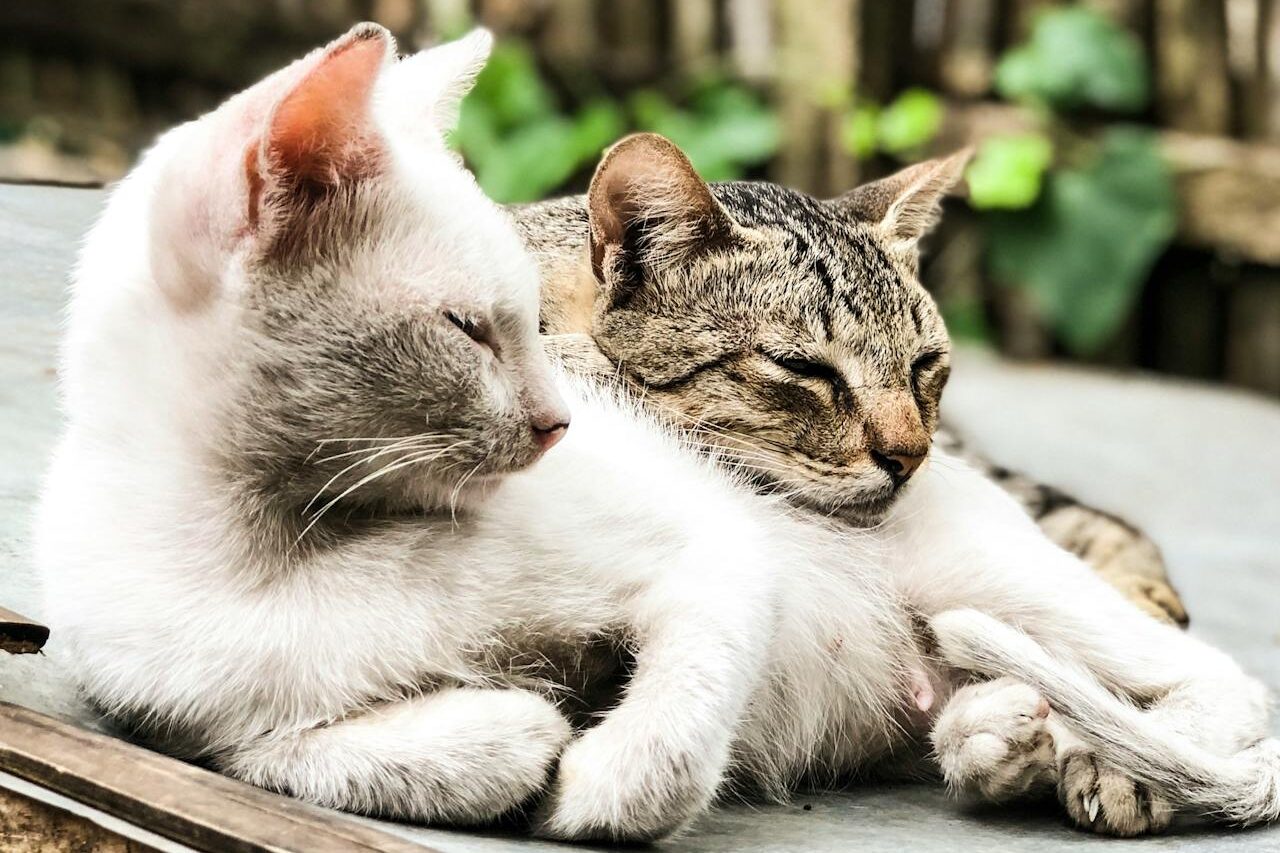
Cats, especially black ones, have long been linked to witches and magic. During the Middle Ages, cats were often thought to be witches’ familiars—creatures assisting in spellcasting. Black cats, in particular, were considered omens of bad luck, a superstition that persists today. Part of the fear came from their behavior. According to Figo Pet Insurance, during the witch trials in Europe and the American colonies, black cats were especially believed to be companions of witches, serving as their magical assistants. Cats are stealthy, independent, and seem to appear and disappear at will. Their nocturnal habits made them seem like natural companions to witches, blending seamlessly into the shadows.
It didn’t help that their reflective eyes glowed in the dark, giving them an almost supernatural aura. However, cats were also revered in some cultures, like ancient Egypt, where they were seen as sacred animals. Despite the negative myths, cats have clawed their way into our hearts, proving that their mystical charm can be both spooky and adorable. Whether viewed as magical protectors or bad omens, cats continue to fascinate us, making them eternal symbols of mystery and intrigue.
6. Crows: Messengers of Death

Crows have long been associated with death, perhaps because of their black feathers and ominous caws. In Norse mythology, Odin was accompanied by two ravens (close relatives of crows) who brought him knowledge from the world. In other cultures, crows are seen as psychopomps, guiding souls to the afterlife. Their eerie habit of gathering in large groups, known as the “murder” of crows, only adds to their spooky reputation.
Their intelligence and behavior also fueled myths. Crows are scavengers, often seen around battlefields and graveyards, which only added to their reputation as death’s messengers. Beyond their grim symbolism, crows are incredibly smart, capable of using tools and recognizing human faces. This combination of intelligence and mystery makes them stand out as both fascinating and unnerving. Whether seen as harbingers of doom or symbols of wisdom, crows remain deeply ingrained in folklore and storytelling.
7. Spiders: Weavers of Fate
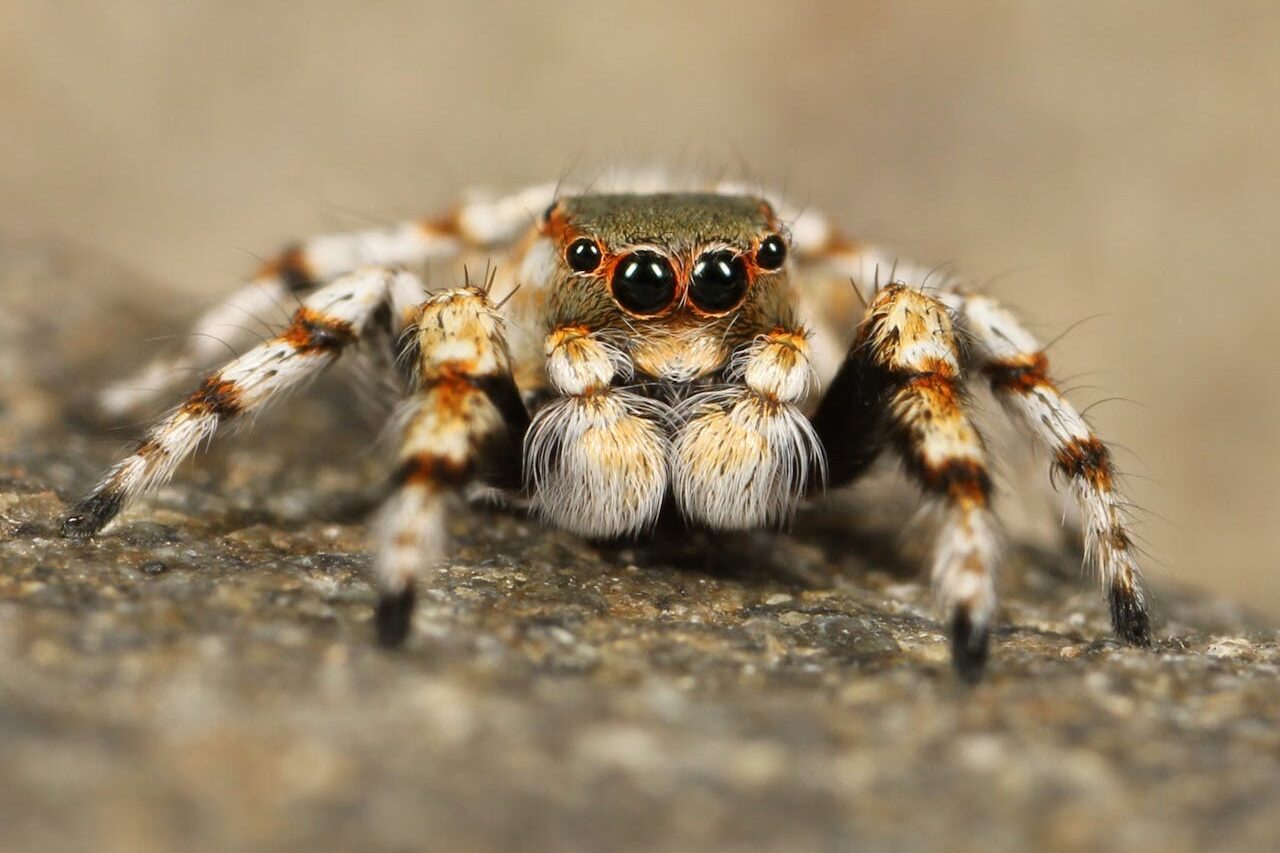
Spiders have always inspired a mix of fear and fascination. In Greek mythology, the story of Arachne explains how spiders came to be, turning the talented weaver into one after she insulted Athena. In many cultures, spiders are seen as fate’s weavers, spinning the threads of life and destiny. Their intricate webs and seemingly magical ability to catch prey made spiders both admired and feared. Stories often cast them as either creators of life’s tapestry or sinister predators lurking in the shadows. According to Wikipedia, this myth has roots in ancient Lydian culture and serves as a cautionary tale about pride.
While arachnophobia is common today, their place in folklore shows that people have long been captivated by their strange beauty and otherworldly skills. In some traditions, spiders are symbols of patience and creativity, reflecting their meticulous web-spinning. Despite their small size, spiders have left a massive impact on mythology and culture, proving that even the tiniest creatures can inspire awe and dread.
8. Ravens: Symbols of Prophecy
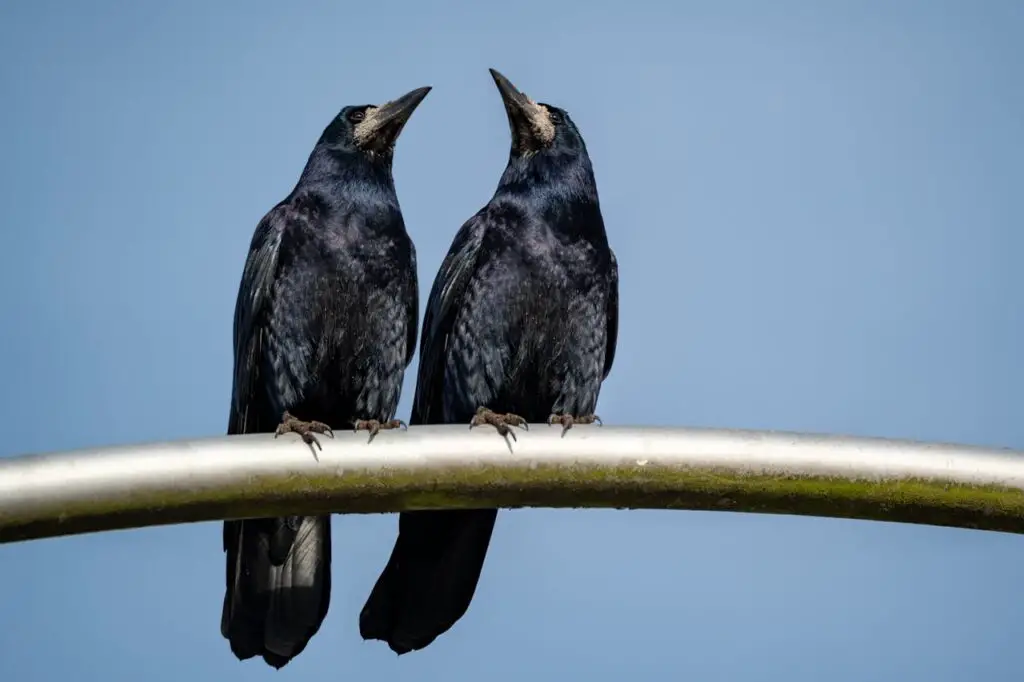
Like their crow cousins, ravens are steeped in myth and mystery. In Edgar Allan Poe’s famous poem “The Raven,” the bird is a messenger of doom. In Norse mythology, ravens symbolize wisdom and prophecy, thanks to their connection with Odin. According to Wikipedia, these birds were considered messengers to the mortal world. A famous myth recounts how Apollo sent a white raven to spy on his lover Coronis. Some Native American tribes also see ravens as tricksters, blending mischief with wisdom in their stories. Their stark black plumage and haunting calls make them perfect symbols of the unknown.
Ravens are incredibly intelligent and have been observed mimicking human speech, which likely added to their mystical reputation. They’re also highly social and capable of solving complex problems, earning them a place in both science and legend. Whether they’re seen as wise or foreboding, these birds have a knack for capturing human imagination. Their dark beauty and enigmatic behavior ensure that ravens will always hold a special place in our myths and minds.
9. Sharks: Guardians of the Deep
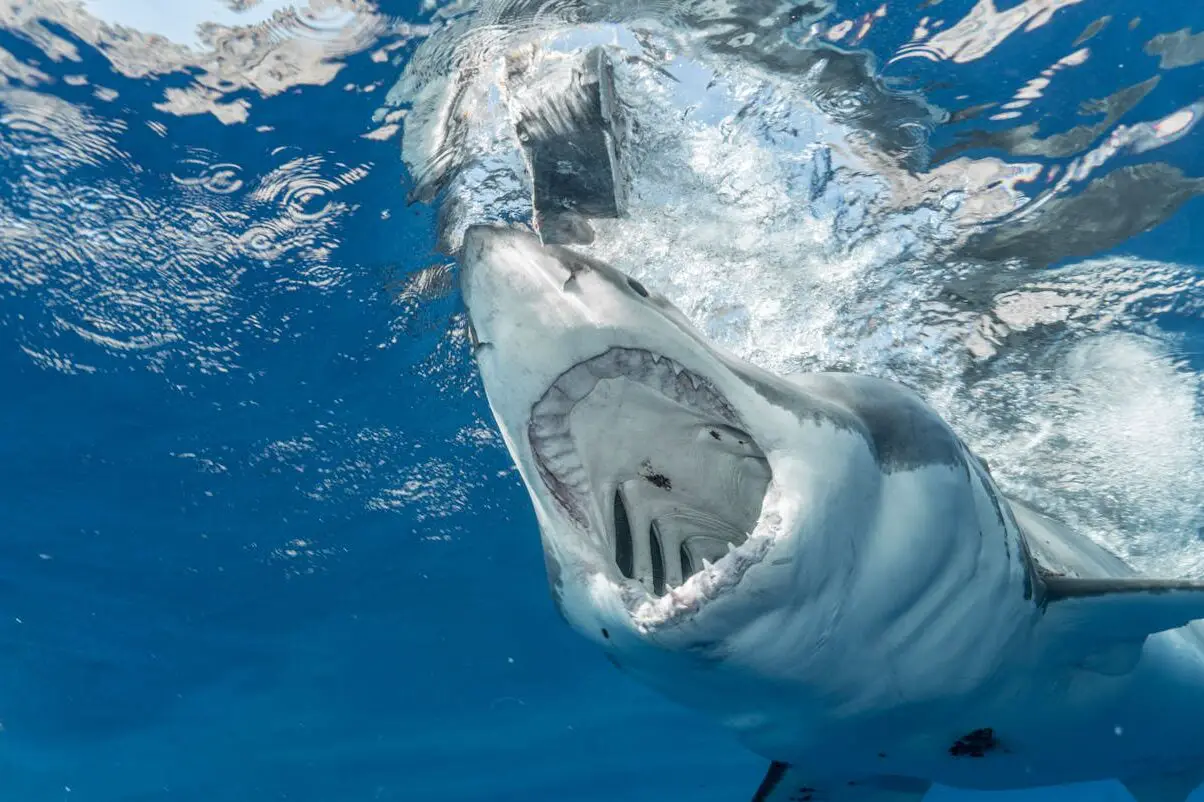
Sharks have inspired myths and legends across coastal cultures. In Polynesian mythology, sharks are seen as sacred guardians, with some believed to be reincarnated ancestors. But in Western folklore, sharks are often cast as villains, thanks to their sharp teeth and stealthy movements. Stories of giant sea monsters often drew inspiration from sharks, blending reality with fear of the unknown.
The fear of sharks isn’t just mythical—movies like Jaws played on deep-seated fears of the unknown lurking underwater. Yet, despite their fearsome reputation, sharks play a crucial role in marine ecosystems. They help maintain balance in the ocean, proving that even the most feared creatures have a vital purpose. It’s a reminder that myths often overshadow reality, creating creatures far scarier than the truth. Sharks remain symbols of both power and mystery, swimming through the depths of our fears and fantasies.
10. Dragons: Born from Lizards and Crocodiles
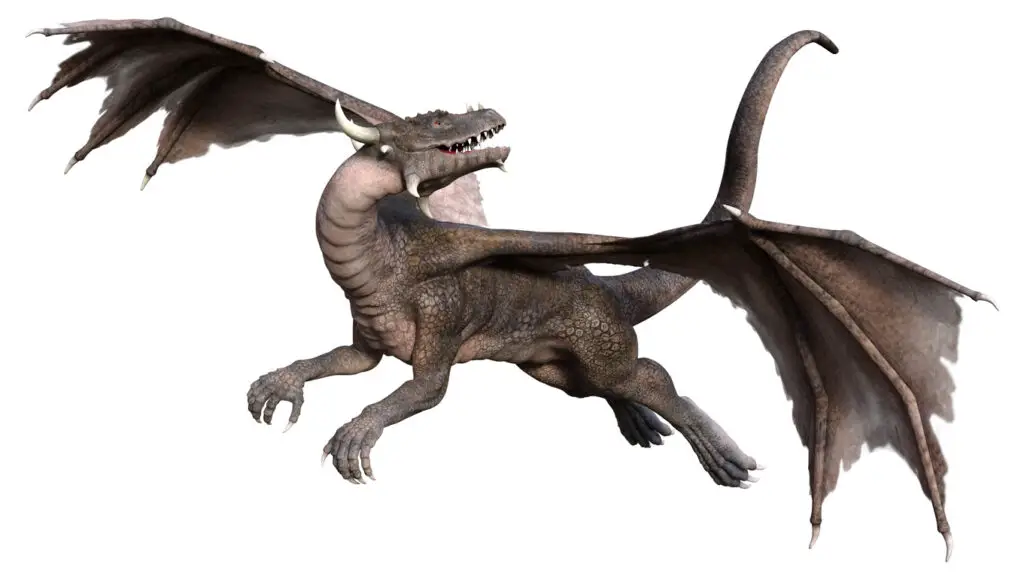
Dragons might not exist, but their mythological cousins—giant lizards and crocodiles—sure do. Ancient people encountering massive reptiles probably saw them as evidence of dragon-like creatures. From the Komodo dragon to Nile crocodiles, these animals inspired stories of fire-breathing monsters guarding treasure and terrorizing villages. Explorers returning with tales of giant reptiles would have fueled these myths, adding drama to their adventures.
Crocodiles, with their ancient, armored appearance, only added fuel to the dragon mythos. In Chinese mythology, dragons are revered as symbols of power and good fortune, a far cry from their terrifying Western counterparts. Today, while dragons remain purely mythical, their inspiration lives on in the reptiles that once scared (and fascinated) our ancestors. According to A Moment of Science, these ancient animals inspired stories of fire-breathing monsters and fearsome guardians of treasure. The enduring popularity of dragons in fantasy proves just how deeply these ancient animals have shaped our imaginations.


